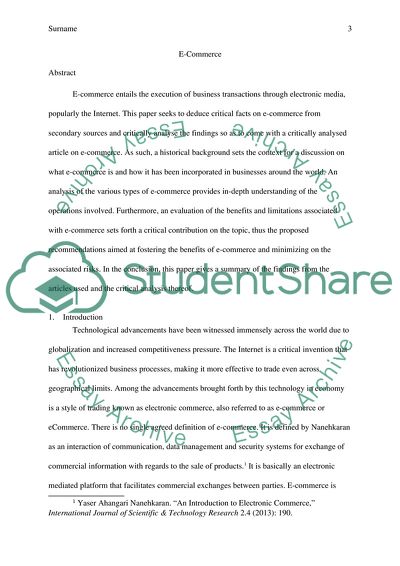Cite this document
(E-Commerce Case Study Example | Topics and Well Written Essays - 3000 words, n.d.)
E-Commerce Case Study Example | Topics and Well Written Essays - 3000 words. https://studentshare.org/information-technology/1845660-management-information-system-e-commerece
E-Commerce Case Study Example | Topics and Well Written Essays - 3000 words. https://studentshare.org/information-technology/1845660-management-information-system-e-commerece
(E-Commerce Case Study Example | Topics and Well Written Essays - 3000 Words)
E-Commerce Case Study Example | Topics and Well Written Essays - 3000 Words. https://studentshare.org/information-technology/1845660-management-information-system-e-commerece.
E-Commerce Case Study Example | Topics and Well Written Essays - 3000 Words. https://studentshare.org/information-technology/1845660-management-information-system-e-commerece.
“E-Commerce Case Study Example | Topics and Well Written Essays - 3000 Words”. https://studentshare.org/information-technology/1845660-management-information-system-e-commerece.


